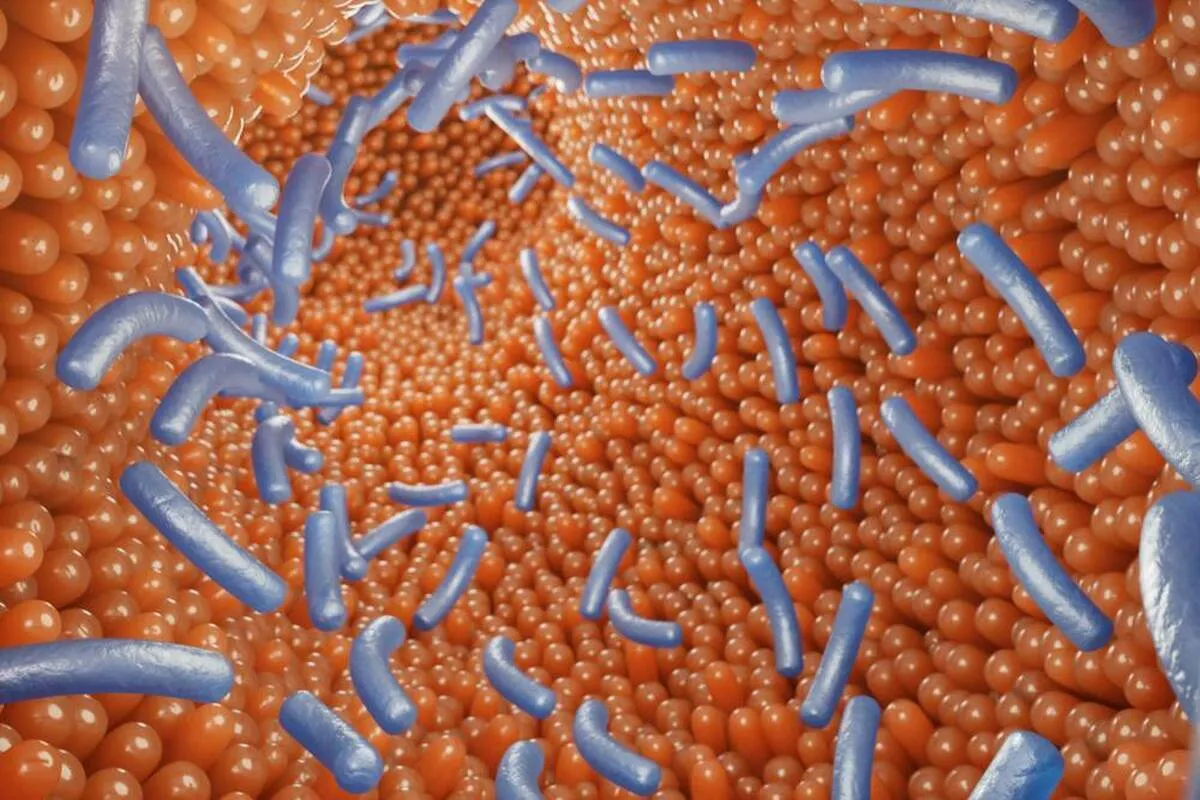This Overlooked Type of Cell Could Hold Clues to How Cancer Spreads

A new study by scientists at the University of North Carolina at Chapel Hill shows that the cells responsible for shaping our organs may be much more mobile and coordinated than previously thought, the journal Science Advances reported.
Using fruit flies as a model, the researchers found that muscle precursor cells move across the surface of the developing testis and help shape it into its final structure. These active cells work together, coordinating their movements through a communication system that has mostly been linked to brain development.
“While most organs are thought to be shaped by static, brick-like cells, our study highlights the powerful role of dynamic, migrating cells — and how they work together to sculpt living tissue,” said Dr. Maik Bischoff, first and co-corresponding author of the study and postdoctoral researcher in the Peifer lab at UNC-Chapel Hill.
Scientists have long recognized two main cell types involved in organ development: relatively stationary epithelial cells, which behave like bricks in a wall, and flexible, highly mobile mesenchymal cells. The research team at UNC set out to understand how these migrating cells work together to shape tissues during development.
One of their most unexpected discoveries was that these cells use a signaling molecule most commonly associated with brain development. This finding suggests that very different organs, such as the brain and the testis, may rely on similar mechanisms to form their structures.
The researchers studied the testis in developing fruit flies, which starts out as an oval and eventually twists into a spiral shape. They discovered that muscle precursor cells move across the surface and later tighten around the testis, shaping it from the outside.
Using live imaging, they were able to observe this process as it happened—a major improvement over the static tissue images used in most earlier studies.
“If we want to understand how organs form, we have to watch the process as it happens,” said Bischoff. “Trying to figure it out from static images is like learning the rules of basketball from a handful of screenshots — you miss the whole choreography.”
The work has far-reaching implications. Understanding how mobile cells coordinate to mold tissues could offer new insights into how organs form and what can go wrong with developmental disorders. Due to cancer cells being another example of mesenchymal cells, studying how these cells move and communicate could also help scientists learn how tumors grow and spread.
“Mesenchymal cells are often overlooked in organ development, but they’re incredibly dynamic and influential,” said Dr. Mark Peifer, senior and co-corresponding author, professor of biology and member of the Lineberger Comprehensive Cancer Center at UNC-Chapel Hill. “By watching them live, we’re uncovering how cells communicate and cooperate to build complex structures — and what happens when that goes wrong.”
4155/v





















